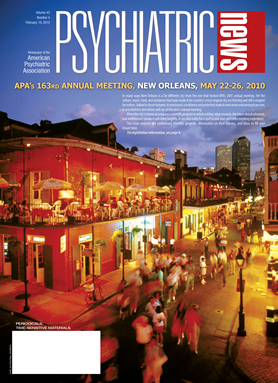“Party town” is the conventional description of New Orleans, but away from the noise and bright lights is a quietly thriving museum culture in the Crescent City.
Art, history, architecture, religion, and racial and ethnic cultures—New Orleans has a lot to preserve and dozens of museums throughout the city devoted to celebration of regional identity and general culture. And it is also host to a number of fine museums designed for children and families.
Here is a small sample of New Orleans' museums, from each of several categories that should appeal to wide range of interests.
Art
New Orleans Museum of Art. The museum houses a $200 million collection in 46 galleries: European painting and sculpture from the 16th through 20th centuries; American painting and sculture from the 18th and 19th centuries; Asian, African, Oceanic, Pre-Columbian, and Native-American art; photography; and European and American decorative arts. Special collections include treasures by Peter Carl Fabergé and a Latin-American colonial collection.
Ogden Museum of Southern Art. This nationally respected collection includes paintings, watercolors, drawings, prints, photographs, sculpture, and wood and craft works embodying the visual heritage and history of the South from 1733 to the present.
History
National World War II Museum. Designated by Congress as the nation's official World War II museum, it houses oral histories, images, and artifacts from the Normandy invasion to the battles of the Pacific Islands. The Malcolm S. Forbes Theater shows two exceptional movies: “D-Day Remembered” and “Price for Peace” about the war in the Pacific.
Confederate Museum. The Louisiana Historical Association built the museum in 1891 to hold war records, artifacts, and memorabilia from the Civil War. Varina Howell Davis, wife of Jefferson Davis, the president of the Confederacy, donated a large collection of Davis memorabilia. The museum features Civil War uniforms and other attire worn by officers and enlisted soldiers, as well as personal belongings of Confederate generals.
Children and Family
Louisiana Children's Museum. Hands-on, interactive exhibits help children and families explore art, music, science, math, and health.
Audubon Aquarium of the Americas. 15,000 sea-life creatures represent 600 species living in a state-of-the-art facility.
Audubon Zoo. Among the favored residents are elephants Jean and Panya, a Komodo dragon, and white tiger brothers from California named King Rex and King Zulu. There is also a Cajun houseboat on a lagoon full of 14-foot alligators.
Religion
Old Ursuline Convent. Now used as an archive of the Archdiocese of New Orleans, the convent is the oldest building in the Mississippi Valley and the only surviving structure from the French Colonial period. Tours begin in the Chartres Street Gatehouse and continue through the manicured gardens. Behind the convent is an herb garden maintained by famed New Orleans chef Horst Pfeiffer of Bella Luna Restaurant.
Multicultural
New Orleans African American Museum. Located in the neighborhood of Treme, believed to be the oldest surviving black community in the United States, the museum is dedicated to preserving art and artifacts of Africa and African Americans.
Backstreet Cultural Museum. Also located in Treme, the museum houses artifacts related to Mardi Gras, jazz funerals, and other New Orleans traditions—it is home to the city's largest collection of Mardi Gras Indian costumes. Considered artistic treasures, many of these cost $10,000 or more.



